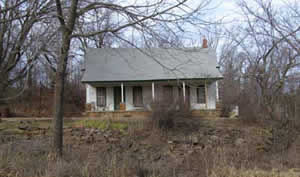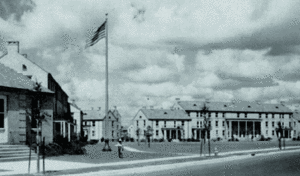The Louisiana State Historic Preservation Office has led the multi-year effort to have the Poverty Point archaeological site nominated for the World Heritage List. Poverty Point is a 3400-year-old earthworks site in northeast Louisiana. The original plan included four mounds; six enormous, nested, C-shaped ridges; and a large, flat, interior plaza that contained circles of wood posts. The scale and design of the earthworks make Poverty Point exceptional. It is also special because the landscape was envisioned and built by people who survived by hunting wild game, fishing, and gathering wild plant resources. For decades, scientists thought hunter-gatherers were not capable of such monumental achievements.
The State of Louisiana owns Poverty Point and operates it as a state historic site. Poverty Point also is a national monument and a National Historic Landmark. A Louisiana team prepared the World Heritage nomination in consultation with the National Park Service Office of International Affairs. In January 2013, the United States submitted the application to the World Heritage Centre, and review of the application is underway. A decision about listing will be made in the summer of 2014. The UNESCO (United Nations Educational, Scientific, and Cultural Organization) World Heritage Program recognizes the world’s outstanding natural and cultural properties. Currently, the United States has 21 World Heritage sites. For more information about the Poverty Point World Heritage nomination, click here.
Article courtesy of Nancy Hawkins, Archeologist Manager




